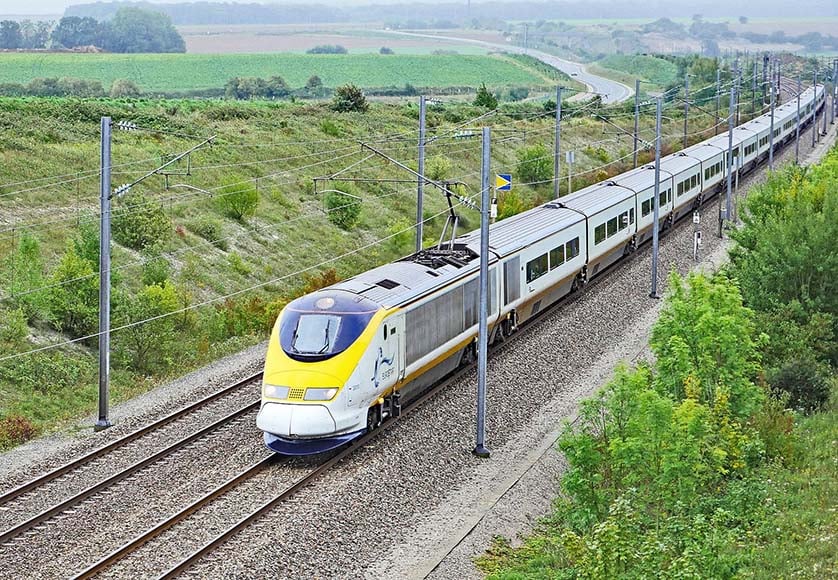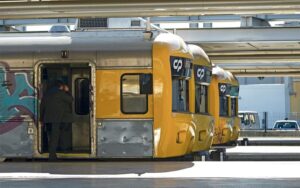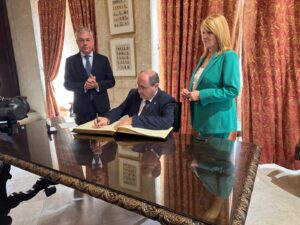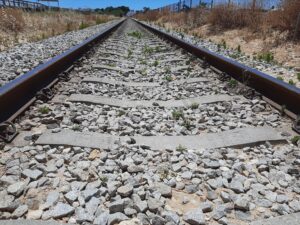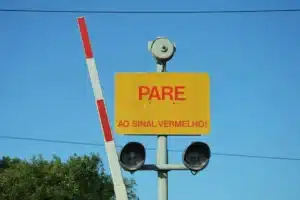Authorities stress “it was always clear route presented not definitive”
Homeowners in Gaia, northern Portugal, are in shock as they realise their homes may be levelled to make way for the long-discussed plan for a TGV high-speed rail servicebetween Porto and Lisbon.
The situation is far from clear, explain reports. When the TGV plan was presented in September 2023 to the villagers of Grijó, Sermonde, Serzedo and Perosinho, expropriations were limited to a few houses.
Of the three possible routes, the one tipped as the most viable by Portuguese Environment Agency (APA) envisaged that the stretch of a few kilometres would be largely tunnelled, and so spare people’s houses.
The population was thus mollified, and returned to their lives – not expecting what has just started happening.
In the last two weeks, reports SIC Noícias, several residents have been contacted by technicians who have knocked on their doors at weekends, asking for documents and permission to make new markings.
Elisa Tavares has lived in her house for almost 51 years. ‘I’ve been here since 1974, so it’s a life with many stories, many memories and things aren’t just worth what they are economically, they’re also worth the personal value they bring.’
At stake is a corridor that is 400 metres wide and which, depending on the route, may or may not affect several houses. But if there have been any changes to the initial plan presented in 2023, the mayors of the various parishes say they have not been made aware of it. Neither has the local mayor.
“We know this has to be done quickly, but I think we should know the route first and only then should people start being contacted,” César Rodrigues, president of the parish council of Grijó and Sermonde explains.
João Morais, president of neighbouring Serzedo and Perosinho parish also questions how legal the visits so far have been, given that no one seems to have known about them beforehand, and that locals were contacted at weekends.
In response to SIC’s inquiries, state company Infraestruturas de Portugal (IP) has said that “it was always clear that the route presented was not definitive and that the project could be adjusted”.
IP adds that it will be up to the future concessionaire to determine the final route, but that the adjustment must be made within the 400-metre corridor that has already been defined.
IP estimates that this phase will be completed in August or September. It also says that the consortium that was awarded the contract for this section will be scheduling meetings with the local population soon. ND
Source: SIC

